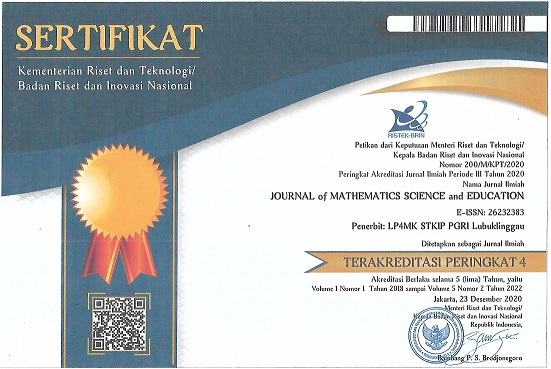| AKREDITASI |
 |
| ISSN |
| P-ISSN 2623-2375 |
| E-ISSN 2623-2383 |
| ABOUT THE JOURNAL |
| Contact Us |
| Editorial Team |
| Reviewer |
| PUBLICATION |
| Publication Ethics |
| Author Guidelines |
| Focus and Scope |
| Peer Review Process |
| Publication Frequency |
| Publication Fee |
| POLICIES |
| Open Access Policy |
| Privacy Statement |
| Screening Plagiarism |
| Plagiarism Policy |
| Copyright Notice |
| JOURNAL TEMPLATE |


















